RFID Laundry Management FAQ
47how RFID laundry tags transform commercial laundry management. From hotels to hospitals, RFID tracking reduces losses, improves efficiency, and extends linen lifespan.
MoreAll RFID Product
When people first hear the phrase RFID label, many imagine it’s just another type of barcode sticker. But that’s not really the case. RFID labels (Radio Frequency Identification labels) carry a small electronic chip and an antenna, so they can store and send information wirelessly.
Take a clothing store as an example. That price tag hanging from a jacket may look like an ordinary paper tag. In reality, hidden inside could be a thin RFID label. The shopper doesn’t notice it, but once the cashier waves a scanner over it, the system instantly knows which item it is, and how many are left in stock. That’s the actual meaning of RFID labels: turning objects into data points that can talk.
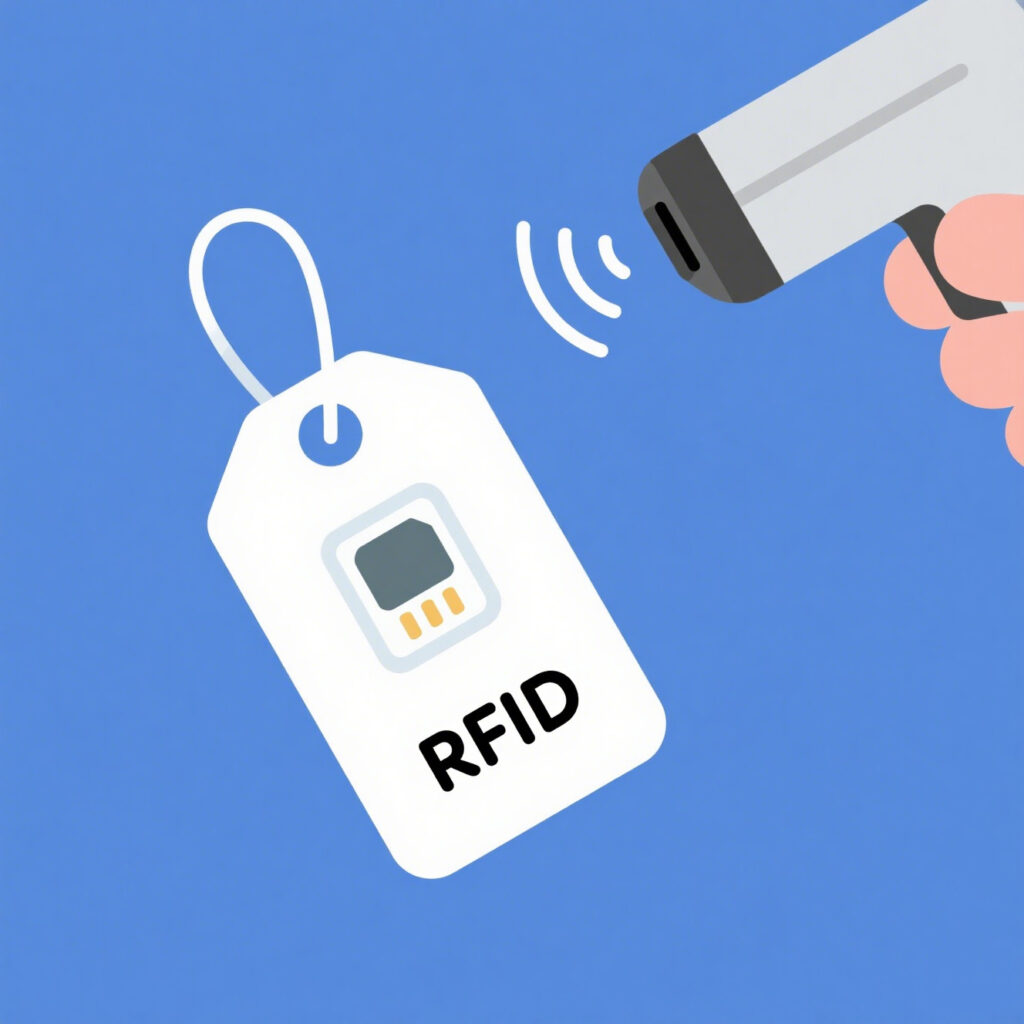
At first glance, an RFID label looks simple, but it has some very clever engineering inside. According to industry specialists like Checkpoint Systems, every RFID inlay usually has three parts:
Think of it like an ID card. The chip is the personal info, the antenna is the invisible function that lets machines read it, and the substrate is just the card body itself.
RFID labels are not one-size-fits-all. They can be grouped by power source and by frequency range.
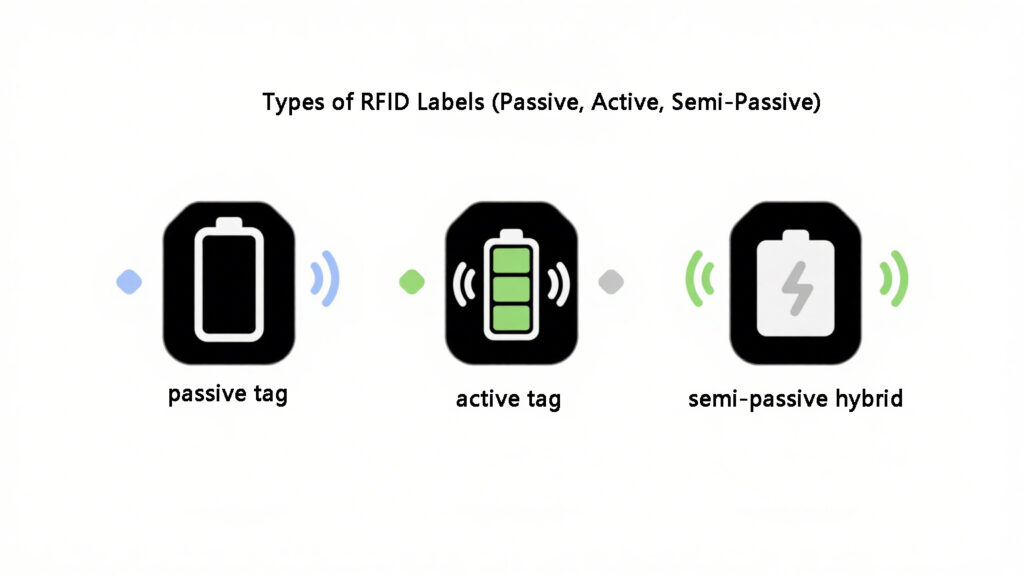
From Meyers and TechTarget’s breakdown, the common bands are:
For example: the chip vets put inside dogs and cats is usually LF. Meanwhile, a warehouse where Amazon scans hundreds of boxes at once? That’s UHF.

A fair question is: why bother with RFID if barcodes already work?
And then there’s NFC. Yes, NFC is also wireless, but it’s more like a “cousin” of RFID. NFC is for super short distances (a few centimeters), like tapping your phone to pay. RFID has much wider range and is built for larger-scale tasks like supply chains or hospital equipment.

So what’s the real value of RFID labels? Pulling together insights from Meyers, Camcode, and TechTarget, we can boil it down to a few things:
Each example highlights the same truth: RFID labels aren’t just about storing info. They’re about making physical objects visible and traceable in the digital world.
As SML points out, the choice depends on:
If I had to sum up rfid labels meaning in one line: they are not just “electronic barcodes” but tools that give products a voice.
Whether in a retail store, a hospital ward, a delivery truck, or a factory floor, RFID labels quietly collect and transmit information. They help managers see what was once invisible, they make supply chains more transparent, and they protect consumers with safer goods.
And the technology is still evolving. Labels are getting smaller, cheaper, and more eco-friendly. Chances are, the next time you pick up a product, you won’t see the RFID inside – but it will still be there, doing its job.
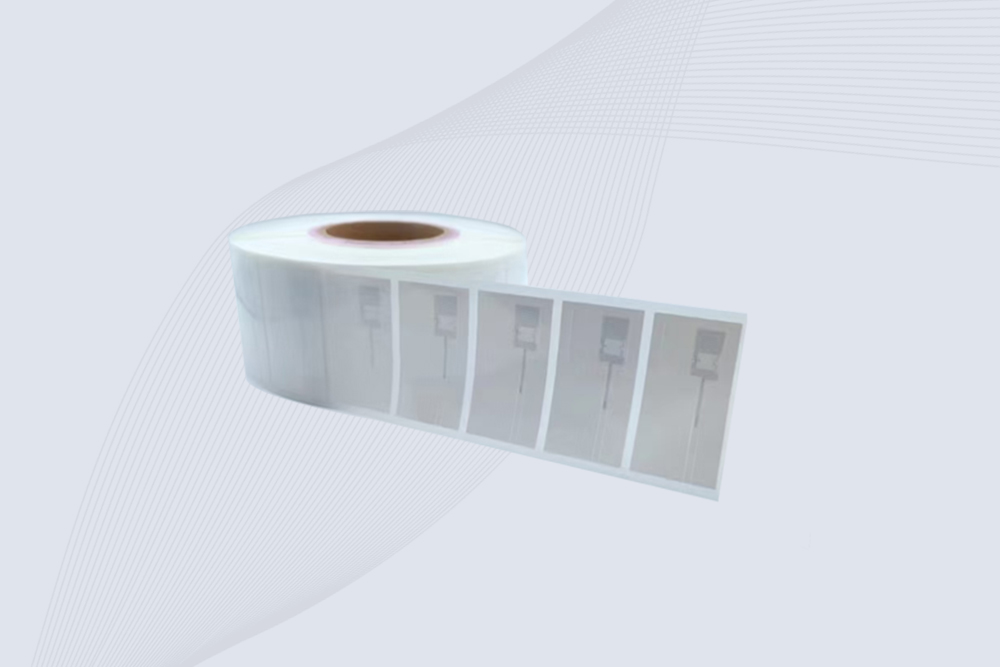
Cykeo CK-BQ6826 Jewelry uhf rfid tag features NXP UCODE 9, 8m read range on metal, and anti-counterfeit security for luxury assets.
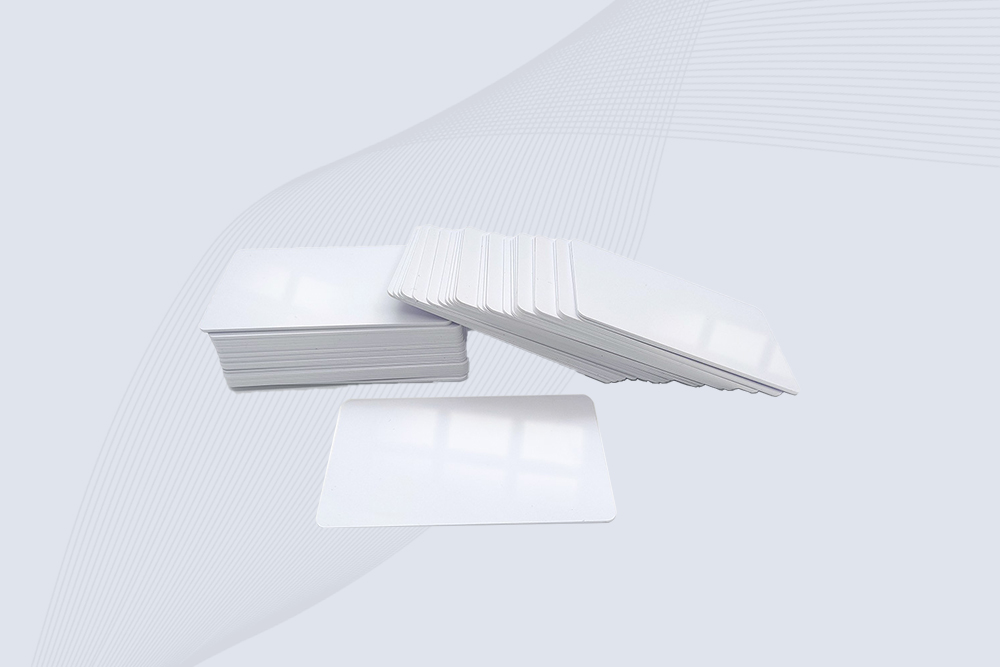
Cykeo CK-BQ8554HF HF rfid cards feature FM1108 chip, 100K write cycles, and customizable printing for access control systems.
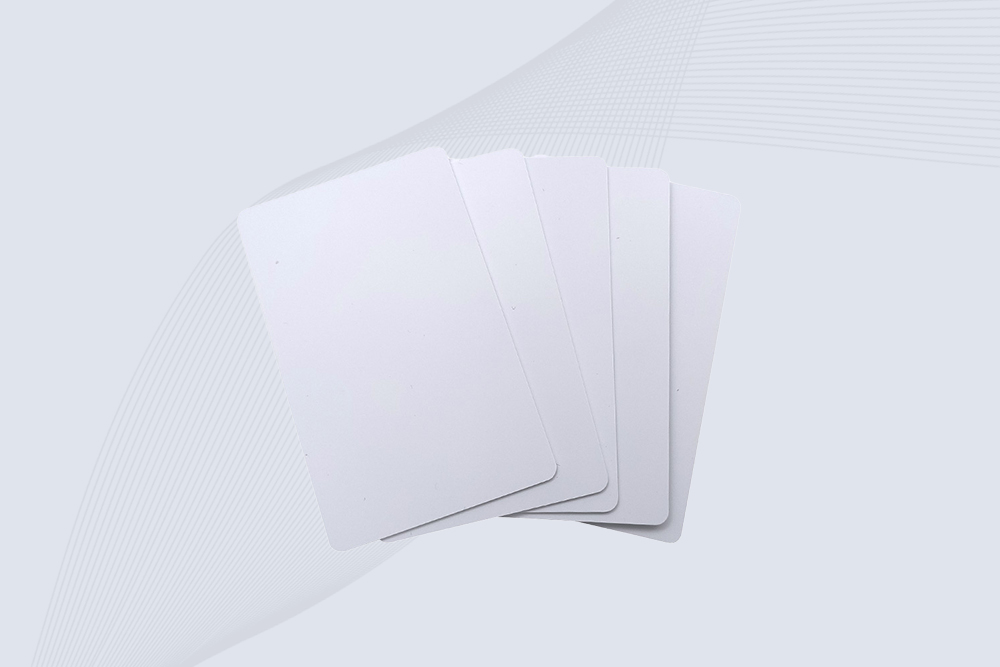
Cykeo CK-BQ8554UHF uhf rfid card features U9 chip, 100K write cycles, and CR80 size for access control/inventory management.
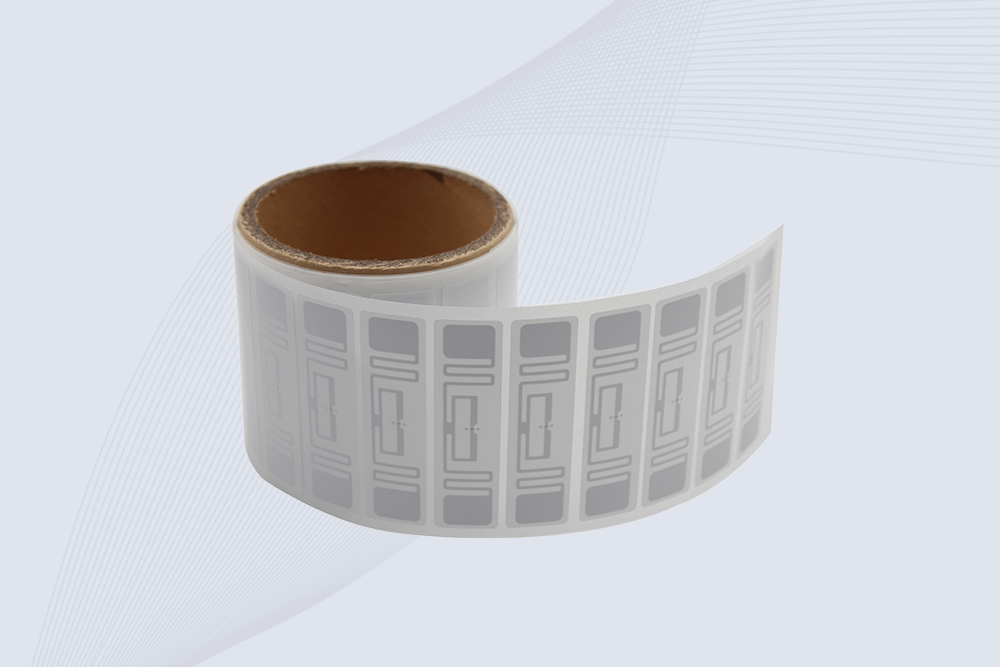
Cykeo CK-BQ7320 UHF RFID asset tag features aluminum-etched antenna, 10-year data retention, and -40°C to +85°C operation for industrial tracking. ISO/IEC 18000-6C compliant with 128-bit EPC memory.
how RFID laundry tags transform commercial laundry management. From hotels to hospitals, RFID tracking reduces losses, improves efficiency, and extends linen lifespan.
MoreDiscover if your iPhone can emulate RFID tags and how Cykeo's Bluetooth RFID Reader enables seamless integration. Explore capabilities, limitations, and practical uses.
MoreRFID technology is revolutionizing how hospitals manage medical equipment. This article explains how RFID enables real-time asset tracking, improves operational efficiency, and introduces Cykeo RFID smart cabinets to support your hospital digital ...
MoreExplore the real-world classification of RFID tags — from passive to active, and LF to UHF. Learn how different tag types perform in warehouses, logistics, and industrial environments, and how to choose the right one for your project.
More